By Katie Rousonelos, Wisconsin Emergency Management – Public Information Officer; Katie.Rousonelos@widma.gov or 608-242-3239
 Severe weather can destroy Wisconsin communities and result in hefty cleanup costs. While public works budgets and insurance may cover some expenses, the costs might exceed available funding.
Severe weather can destroy Wisconsin communities and result in hefty cleanup costs. While public works budgets and insurance may cover some expenses, the costs might exceed available funding.
Federal funding could help, but qualifying for a federally declared disaster can be difficult. The Federal Emergency Management Agency Public Assistance program funds state, tribal, territorial and local governments. It covers costs for debris removal, life-saving emergency protective measures and restoring public infrastructure. To get this funding, damage at the state level must reach at least $1.84 per member of the population. At the county level, it is $4.60 per person. Those numbers are adjusted every year and are based on census data. Continue reading “The Wisconsin Disaster Fund”

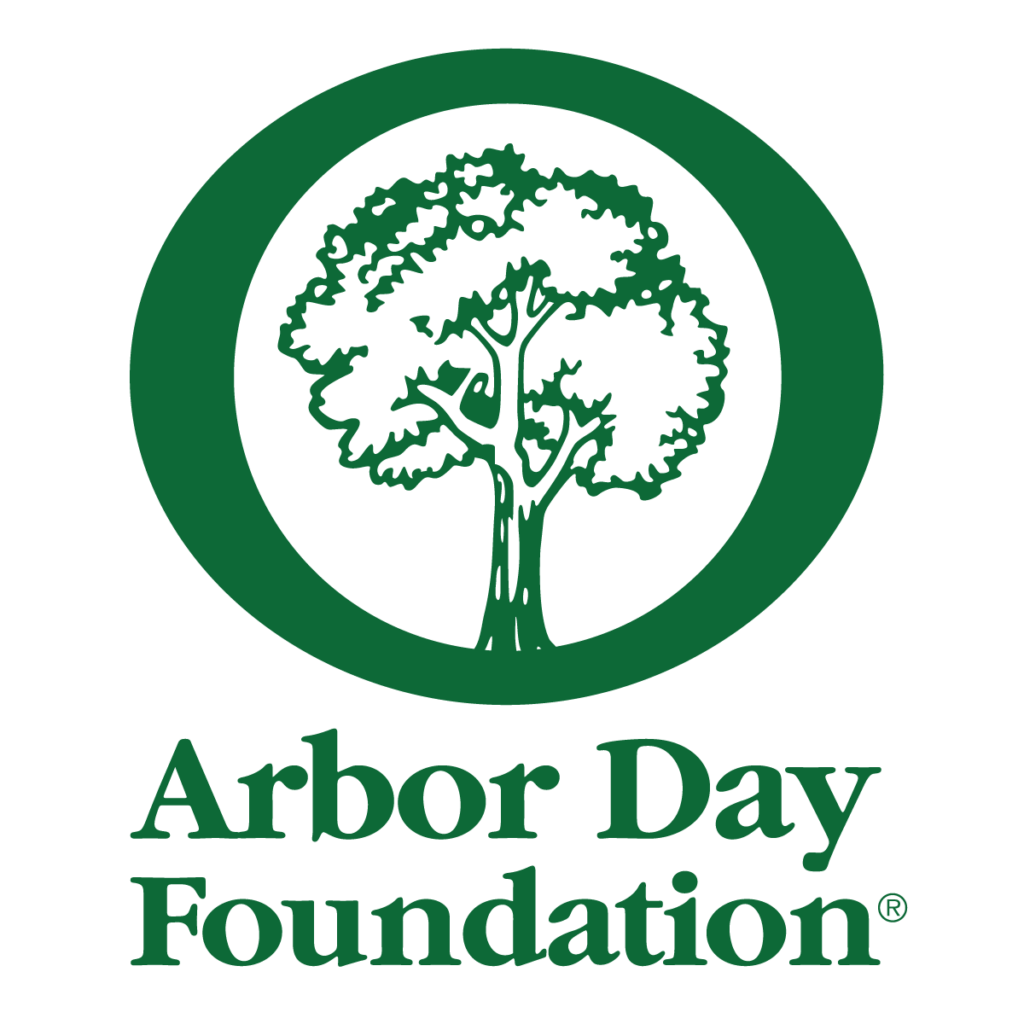 Applications for funding through the
Applications for funding through the 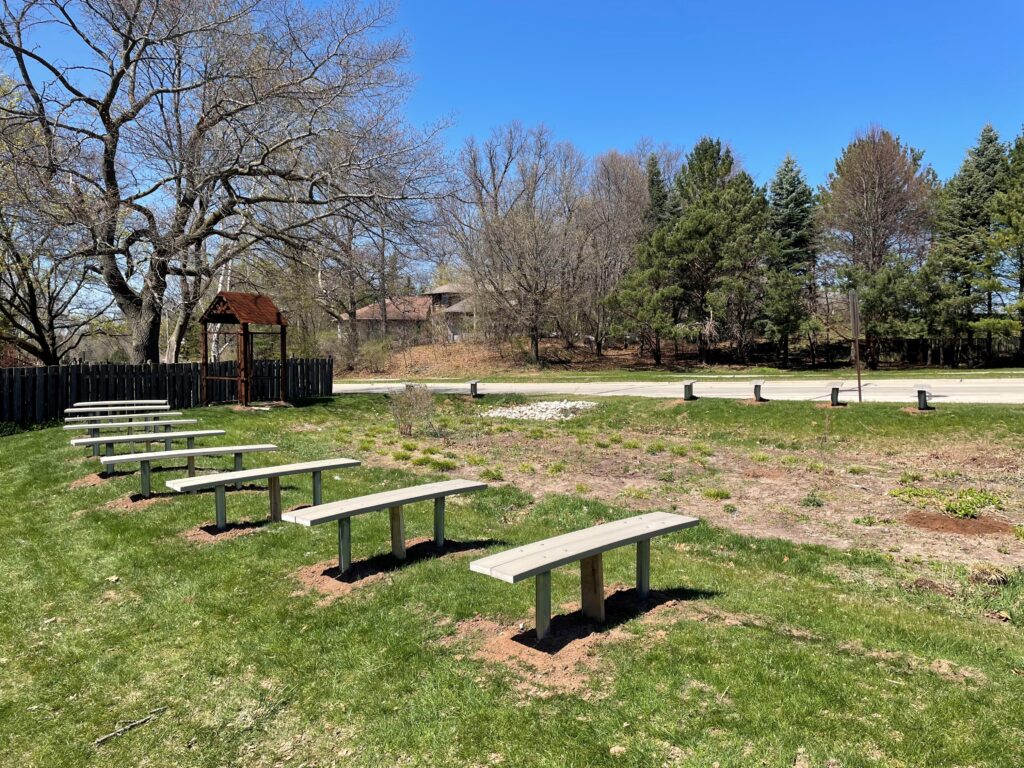
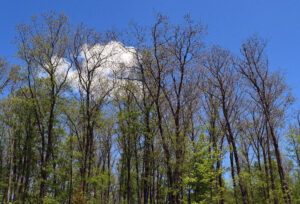

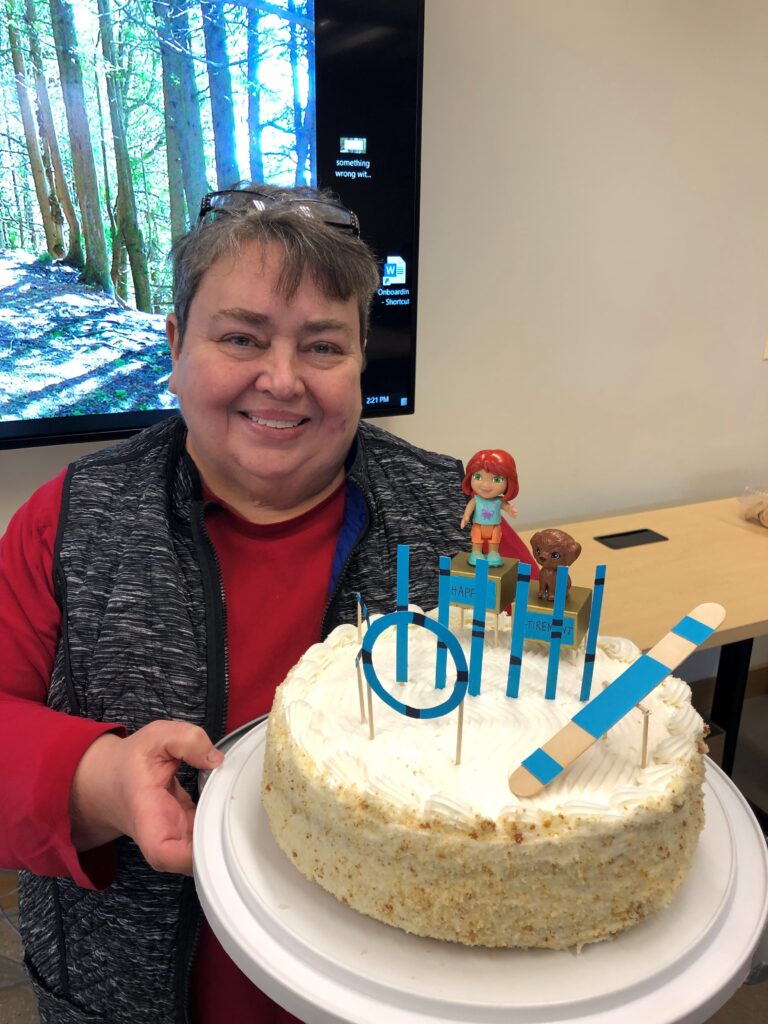 Congratulations to Tracy Salisbury, who began her retirement in May. Tracy has been with the DNR as an urban forestry coordinator in northeast Wisconsin since 1998.
Congratulations to Tracy Salisbury, who began her retirement in May. Tracy has been with the DNR as an urban forestry coordinator in northeast Wisconsin since 1998.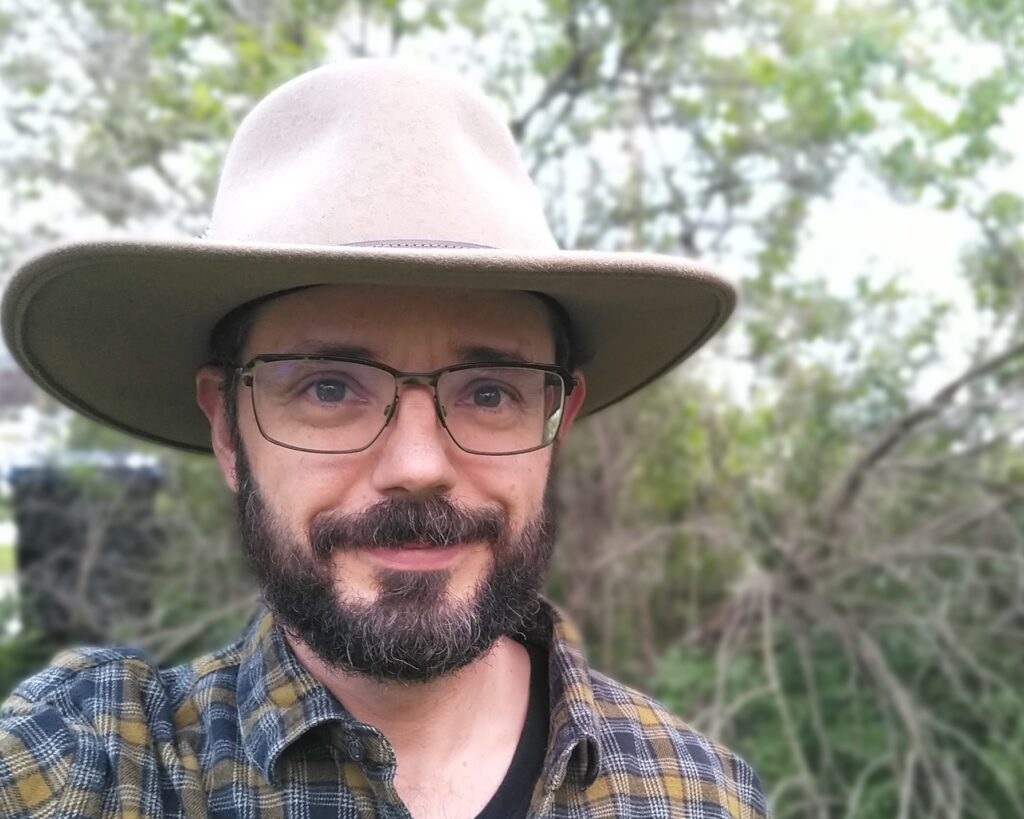 Jay Dampier joined the Urban Forestry Team on June 3 as the new Inflation Reduction Act (IRA) grant coordinator. This is a federally funded project position that will be overseeing $4 million of federally funded grants awarded to Wisconsin communities, tribes and nonprofits. These IRA funds were allocated to the urban forestry program by the United States Department of Agriculture (USDA) Forest Service in 2023. As part of the Justice 40 Initiative, 100% of the funds will be used to improve the urban forest resources and lives of those living in disadvantaged communities throughout the state.
Jay Dampier joined the Urban Forestry Team on June 3 as the new Inflation Reduction Act (IRA) grant coordinator. This is a federally funded project position that will be overseeing $4 million of federally funded grants awarded to Wisconsin communities, tribes and nonprofits. These IRA funds were allocated to the urban forestry program by the United States Department of Agriculture (USDA) Forest Service in 2023. As part of the Justice 40 Initiative, 100% of the funds will be used to improve the urban forest resources and lives of those living in disadvantaged communities throughout the state.